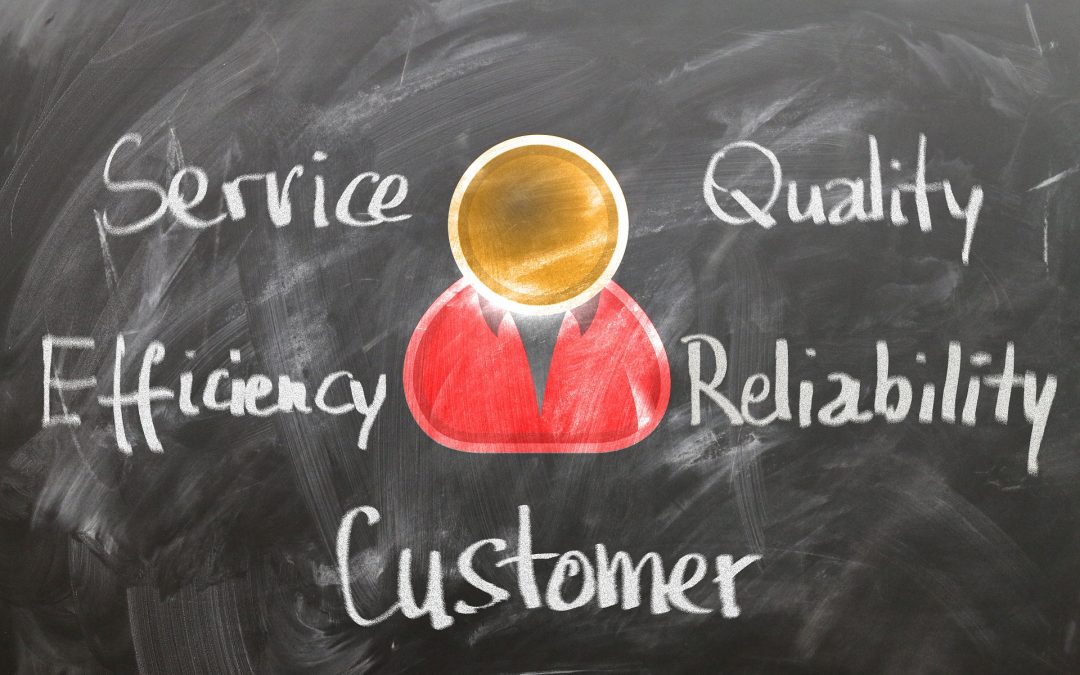International firms which use multiple translation service providers for their translations risk additional costs, inefficiency and reduced quality due to failing to centralise their translation process.
Using multiple translation service providers, including in-house staff, involves many different processes and perspectives which can be streamlined and centralised for multiple languages when using a single provider.
The points covered in this article will help you centralise your translation processes for maximum time, quality and cost efficiency.
Why Centralise your Translation Process?
All professional translation service providers offer similar services; you can approach any provider and they will give you options for different languages, services such as, localisation or website translation, and they will claim to give an affordable and quality service.
While this is probably true, the level of quality is subjective (ideas about what represents good quality can vary from firm to firm or person to person), and in order to provide an accurate translation, the provider will need to take their time, edit, proofread and re-check everything.
Of course, all of this will cost money, so assuming you’ll receive a high-quality translation, in next to no time and at a low cost, is unlikely.
However, using multiple translation service providers for your regional offices will add even more costs to your projects.
This is because much of the work will need to be performed by each translation service provider.
Centralising your translation processes by using one, reliable and consistent provider means you can minimise ‘doubling up’ on translation costs, increase repeat translation speeds, and encourage global brand consistency.
So, if you find a translation services provider that gives a good all-round service, accurate translations, valuable client support, fair pricing, and delivers work on-time, try using them for some, or all, of your regional translation projects and see how it saves time and money.
There are other factors to consider when centralising all your translation processes for maximum effect – read on to find out more…
How to Centralise your Translation Process
We’ve covered why you should centralise your translation process so this section looks at how to centralise the process so that it is more straightforward, cost-effective, time-saving and reliable for every translation project no matter which regional office is using the end-product translation.
1. Choose a Translation Provider that Offers Translation Memory Software
Translation Memory Software (TMS) is not the same as machine translation engines such as, Google Translate.
TMS is specialist technology used by translation service providers to speed up translations, make future translations more efficient and faster, and improve accuracy and consistency.
It can really help with technical translations or industry terminology as it stores a ‘memory’ of frequently used phrases, terminology and information for future use.
It will cut down costs and time involved in subsequent translation projects.
2. Terminology Glossaries
A professional translation service provider will manage terminology glossaries so that your brand stays consistent in international markets.
Using one translation service provider for all your translation projects means this glossary can ensure brand image, website content, industry terminology, services and products represent your firm in a consistent and positive way.
3. Use a single Translation Partner
We’ve looked at this already but it is worth repeating!
With one translation partner supplying all your domestic and international translations you will know what you’re getting, when and how much it will cost.
Encourage all stakeholders to participate in discussions around choosing a translation service provider so that everyone understands the centralisation process is key to consistency and saving money.
Assess where different departments or regional offices are using lower quality translation providers and encourage them onboard with the help of your translation partner.
4. Create a Translation Plan
What are the objectives for your translation projects? What are your priorities? What are your deadlines and timescales?
If you don’t know the answer to these questions, you should consider creating a translation plan that will help inform and direct your translation partner.
Knowing what you want, when you want it and how much you can spend, will help the relationship managers and project managers understand your requirements and ensure the translation team are all working from the same page.
5. Pinpoint your Priorities
All translation projects must have an objective (see number 4) but it is also vital that you have some idea of what a successful translation will achieve and your priorities.
For instance, if you want to reach a new international market, this would be your priority.
Create your translation plan to fit with your priorities and remember to assess outcomes.
Consider aspects such as, adherence to timescales, remaining within budget and quality of translations when assessing the results of any translation project.
If you would like more information about how the team at Creative Word can help you centralise your translation process, please contact us.
Alternatively, you can find out more about the quality language services we offer here.


Recent Comments